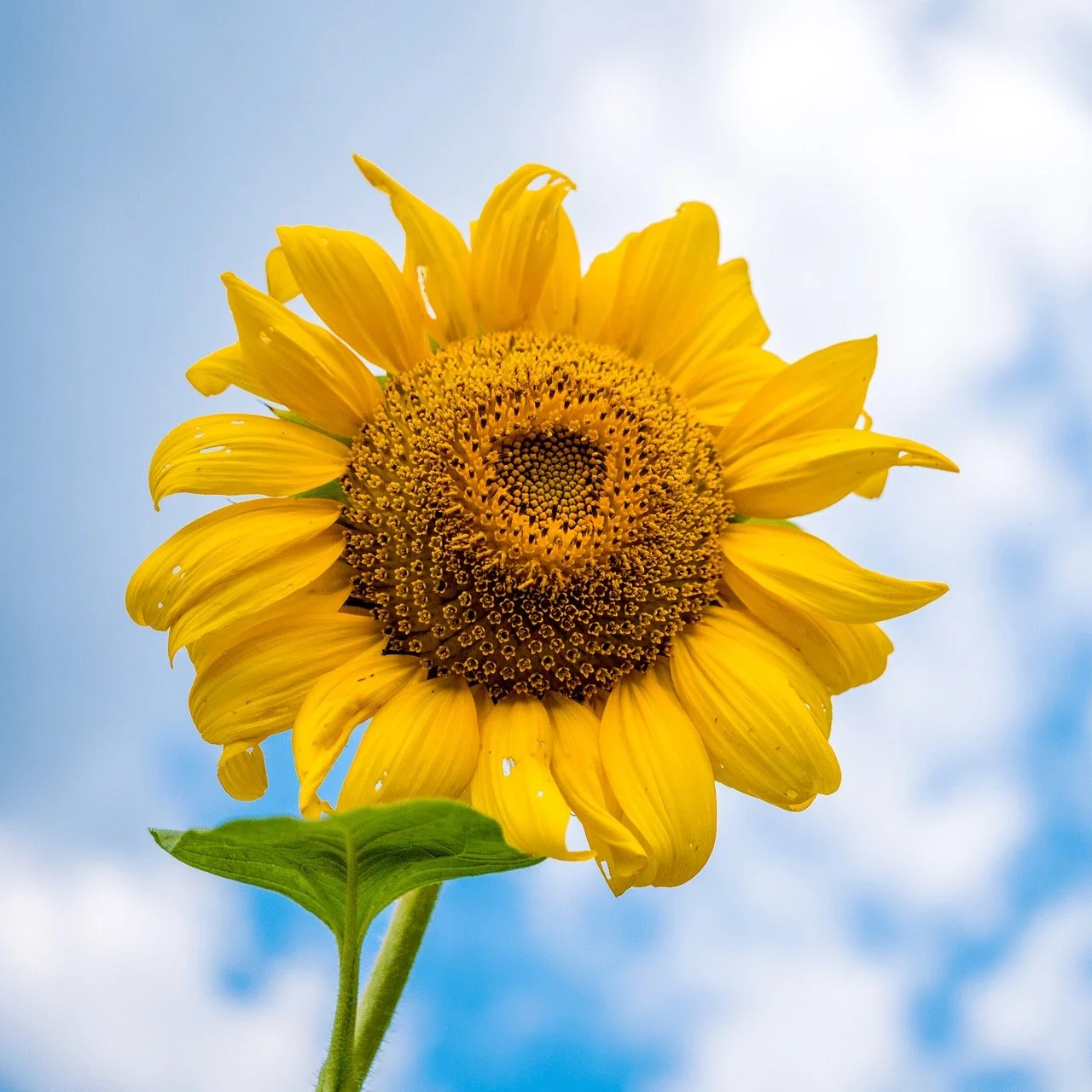Native wildflowers and their cultivars — yellow goldenrod, purple asters, golden sunflowers, and dusty rose Joe Pye — are not only attractive flowers, but provide nourishment for an amazing variety of butterflies, moths, and other insects.
Fall wildflowers are particularly outstanding at attracting adult moths and butterflies, which lay eggs that hatch into larva (caterpillars). The larvae provide a high-protein source of food for many birds, particularly warblers and neo-tropical migrant birds of conservation concern. Birds are very good at keeping populations of these insects in check, so it is a very good situation for all.
Some flowers that bloom in the fall are tall, up to 2 to 6 feet or more, depending on the species and cultivar, and in a garden these work best at the back of a flower border.
Other varieties have been selected, and given cultivar names, because they are shorter, more compact or more disease resistant than the average species of plant.
Sunflowers are a good example of the range of wildflowers available. There is a sunflower for every garden situation ranging from the 16-inch Elf to the 3-foot Solar Flash, to the 12-foot Mammoth. The color palette of sunflowers has expanded from the always alluring yellow with a brown center sunflowers of Van Gogh's famous paintings, to whites, burgundies, and rose pink, with many tints and shades of colors in between.
Goldenrod (Solidago) thrives in sun to part sun and is a deer-resistant perennial. Its flowers are stunning when paired with blue and purple New England asters. Many species are available. Great performers include:
* Variegata (Solidago flexicaulis); with variegated foliage it brightens semi-shaded wooded areas. This goldenrod is over 4 feet tall and has a spreading nature. It blooms from early September to mid-October.
* Fireworks (Solidago rugosa) has graceful fine textured foliage with arching branches. The stems of the golden blooms arch in many directions like fireworks. It grows three to 4 feet tall. It tolerates wet soil and grows slowly by underground rhizomes but generally doesn’t get out of hand. It blooms mid-September to late October.
* Golden Fleece (Solidago sphacelata), which has pyramidal densely flowering stems that form a compact groundcover, grows to 18 to 36 inches depending on site conditions. It is drought tolerant and is also good for fall container gardens. September flowers attract hummingbirds, bees, and butterflies.
Asters (Symphyotrichum or Aster) do well in sunny sites with good air circulation or their foliage might suffer from mildew. Pinch back the taller varieties until June as you would chrysanthemums. Most will tolerate sandy, clay, poor soils and some drought.
Aromatic aster (Symphyotrichum oblongifolium) has abundant sky-blue flowers on stiff, 1- to 3-foot stems blooming into October or later before frost. The cultivar 'October Skies' is a winner at just 18 inches high.
The aromatic aster 'Fannys’ is also a good cultivar with abundant 1.5-inch, dark purple and yellow flowers. This blooms very late in October or even November. The gray-green, rust-resistant, fragrant leaves spread to form large clumps 3 to 4 feet tall. It grows easily and quickly in dry to average conditions and tolerates clay or sandy soil.
Joe Pye (Eutrochium) is a great plant not favored by deer. The showy 'Gateway' has burgundy stems 4 to 6 feet tall, topped by dusky rose nosegays that are 1 foot across. Cut back the tips in June to create a bushier plant. It is a magnet for butterflies and birds in the fall. Joe Pye prefers full sun and likes average to abundant water.



